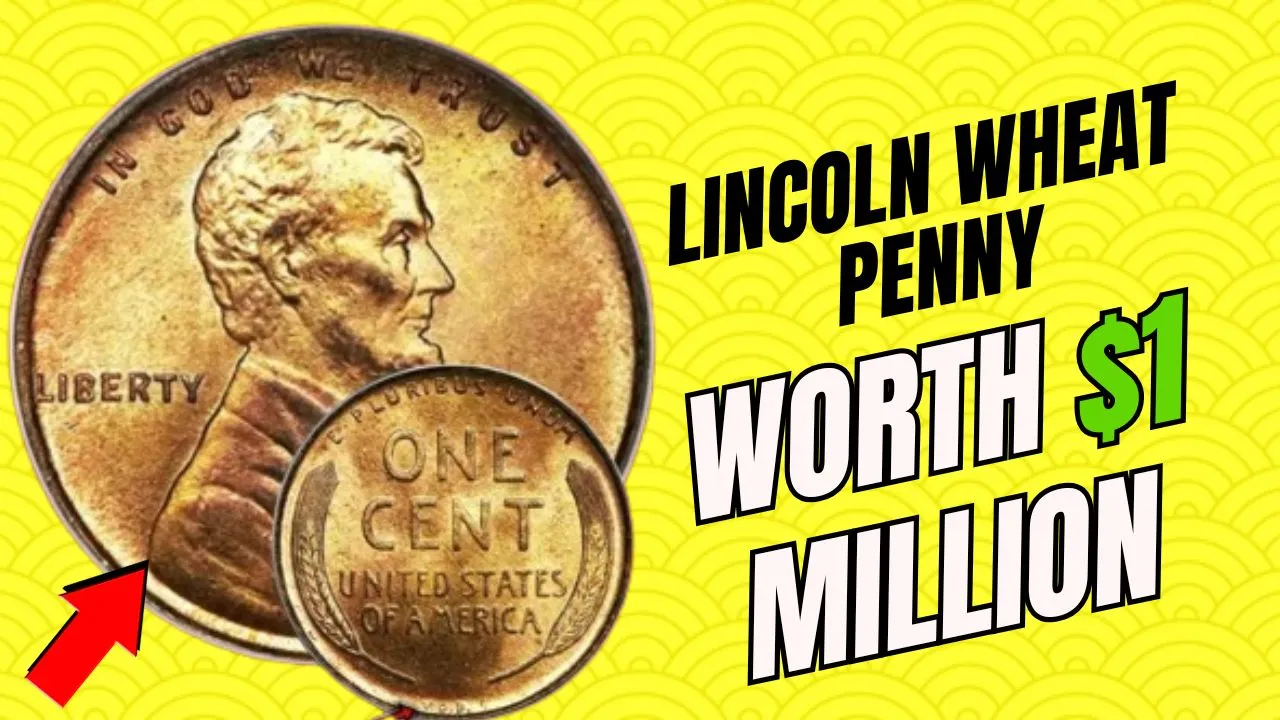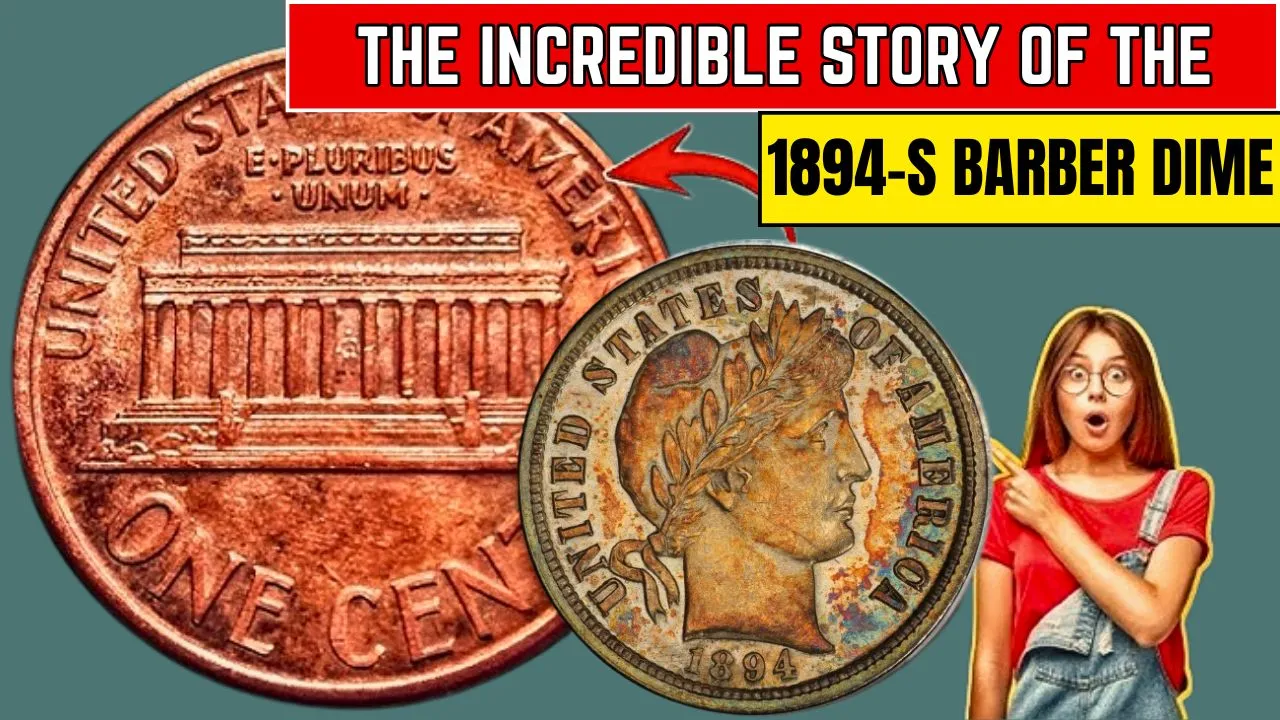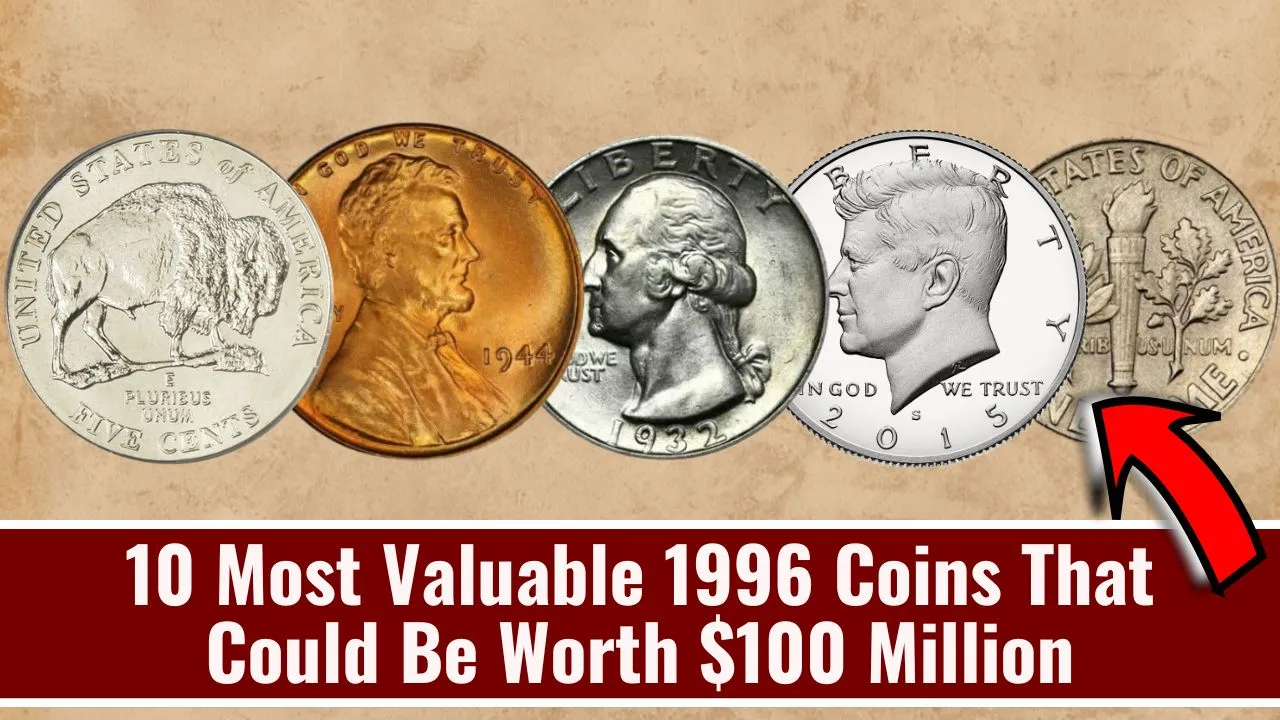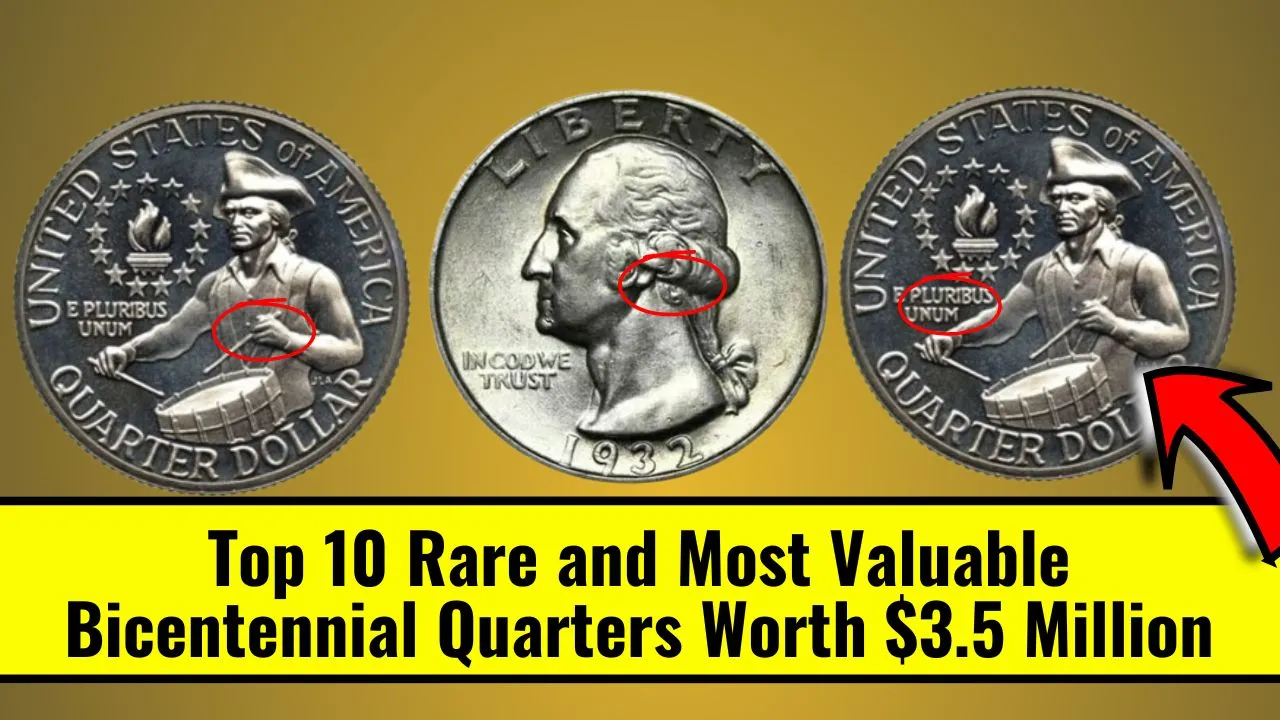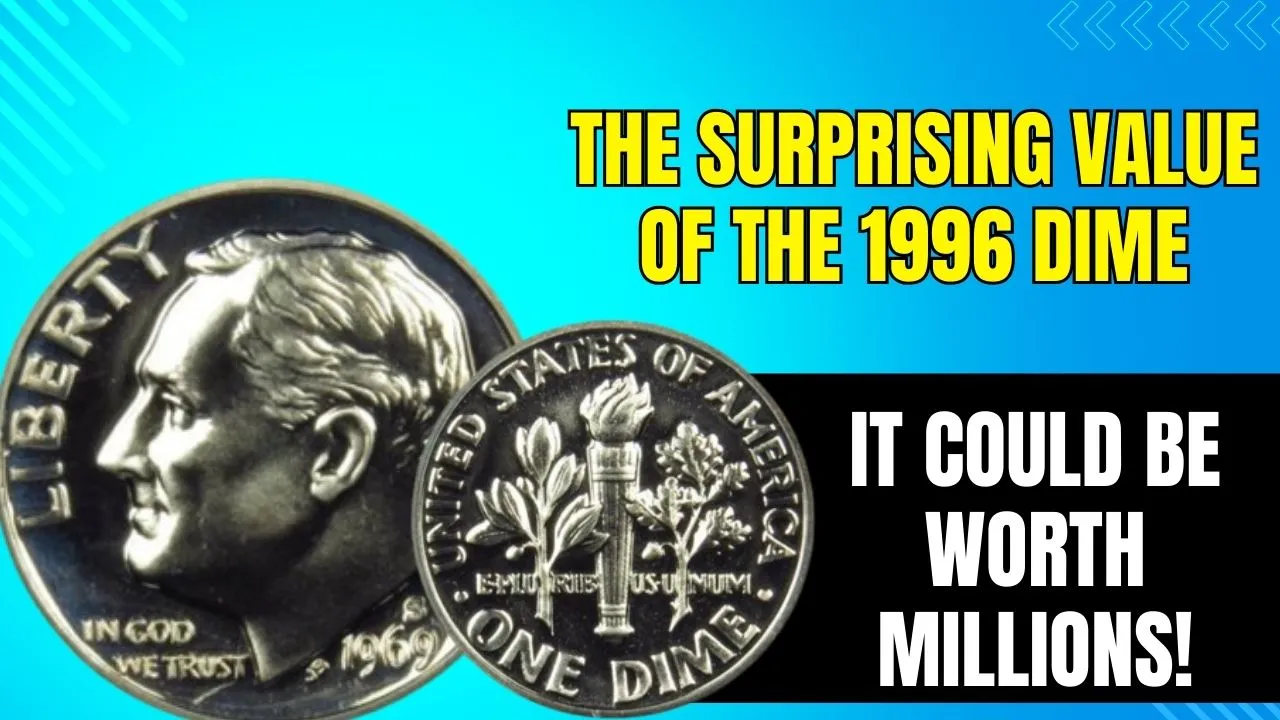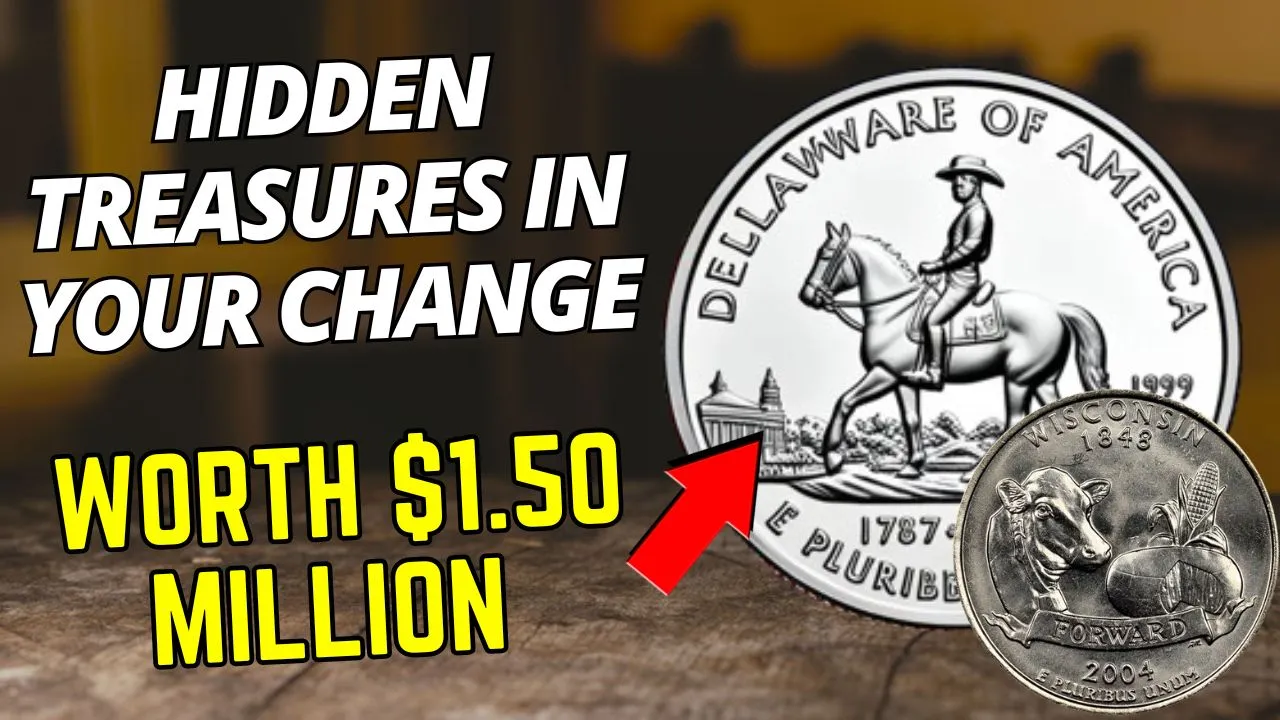Lincoln Wheat Penny: The Lincoln Wheat Penny isn’t just a common coin found in pocket change—it’s a potential jackpot waiting to be discovered. While most pennies are overlooked or tossed into jars, a few rare versions have made headlines by selling for hundreds of thousands, even up to $1 million. These small copper coins carry not just monetary value but rich historical significance, representing a fascinating chapter in American history.
In this article, we’ll uncover the incredible stories behind the Lincoln Wheat Penny, explore some of the rarest variants, understand the factors that make these coins valuable, and share tips for preserving your pennies. Whether you’re an avid collector or someone who just found an old coin in a drawer, this guide will help you identify if you might be holding onto a hidden treasure.
Quick Overview of Lincoln Wheat Penny Rarity and Value
| Key Details | Description |
| Design Year | 1909 |
| Historical Importance | First U.S. coin to feature a president |
| Rare Variants | 1943 Bronze Cent, 1944 Steel Cent |
| Highest Value Sold | Up to $1 Million |
| Factors for Value | Rarity, condition, historical context |
| Preservation Tips | Grading, safe storage, minimal handling |
The History Behind the Lincoln Wheat Penny
Introduced in 1909 to commemorate the 100th anniversary of Abraham Lincoln’s birth, the Lincoln Wheat Penny became the first U.S. coin to feature a president’s face. Designed by Victor D. Brenner, the coin’s reverse side displays two wheat stalks symbolizing prosperity and unity.
While billions of these pennies were minted, some rare errors and wartime changes have made a select few incredibly valuable. During World War II, the need for copper for military equipment forced the U.S. Mint to experiment with alternative materials, leading to some of the rarest and most valuable pennies in existence today.
The Legendary 1943 Bronze Lincoln Cent
One of the most famous coins in U.S. history is the 1943 Bronze Lincoln Cent. During World War II, the Mint switched from copper to steel planchets to conserve resources for the war effort. However, a few leftover bronze planchets from 1942 accidentally made their way into the 1943 production line.
Why is it Valuable?
- Extremely Rare: Only about 15 examples are known to exist.
- Auction Price: These pennies have been sold for up to $348,000.
For collectors, finding one of these coins is akin to discovering buried treasure.
The One-of-a-Kind 1943-D Bronze Lincoln Cent
Among the 1943 bronze coins, one stands out—the 1943-D Bronze Lincoln Cent, minted in Denver. This penny is one of a kind, with no other known examples from the Denver Mint.
Why is it Special?
- Unique Rarity: It’s the only known penny of its type from the Denver Mint.
- Historic Auction Value: This coin once fetched $840,000 at auction.
Its singularity makes it one of the crown jewels of numismatic history.
The 1944 Steel Lincoln Cent: A Wartime Mix-Up
By 1944, copper was reintroduced for penny production. However, some leftover steel planchets from the previous year ended up in the minting process. These 1944 Steel Lincoln Cents are exceptionally rare.
Key Details:
- Known Coins: Only two examples are confirmed to exist.
- Auction Value: These pennies have sold for $373,750.
This mix-up highlights how small minting errors can create monumental value in the coin-collecting world.
Famous Minting Errors That Created Value
Not all valuable Lincoln Wheat Pennies come from rare materials. Some owe their worth to minting errors.
- 1955 Doubled Die Penny: Known for a dramatic doubling effect on its face design.
- Value: Up to $125,000.
- 1969-S Doubled Die Penny: Features clear duplication on its key design elements.
- Value: Up to $700,000.
These errors are proof that imperfections can sometimes lead to perfection—for collectors, at least.
Factors That Determine a Lincoln Wheat Penny’s Value
If you think you might have a valuable Lincoln Wheat Penny, here are the primary factors that determine its worth:
- Rarity: Limited production numbers or accidental errors increase demand.
- Historical Significance: Coins tied to wartime or unique historical events are highly prized.
- Condition: Well-preserved coins fetch higher prices.
- Minting Errors: Coins with rare manufacturing mistakes become instant collector’s items.
- Certification: Having your coin authenticated by professionals like PCGS or NGC adds credibility and boosts value.
Understanding these factors can help you gauge whether your penny is a hidden gem or just loose change.
How to Preserve Your Rare Pennies
If you’ve discovered a potential treasure, proper preservation is essential:
- Get It Professionally Graded: Services like PCGS or NGC can provide official grading and authentication.
- Use Protective Storage: Store your coin in airtight holders or certified coin albums.
- Avoid Handling Directly: Always hold coins by their edges to avoid oils and fingerprints.
These steps will ensure your penny remains in pristine condition for years to come.
The Future of Rare Lincoln Wheat Pennies
The market for rare Lincoln Wheat Pennies continues to grow as more collectors and enthusiasts enter the world of numismatics. Advancements in coin authentication technology and online platforms have made it easier for collectors to buy, sell, and learn about these treasures.
Experts predict that the value of these rare coins will only continue to rise, making now the perfect time to dive into your coin jar or attic stash.
Final Thoughts: Could You Have a $1 Million Penny?
The Lincoln Wheat Penny isn’t just a coin—it’s a piece of history and a symbol of rare fortune. Whether it’s the 1943 Bronze Cent, the unique 1943-D Bronze Cent, or an error-filled Doubled Die Penny, these small treasures have changed hands for life-changing amounts of money.
If you’ve got a collection of old pennies sitting around, now’s the time to start looking closely. You might just uncover a $1 million coin hiding in plain sight.
Happy treasure hunting!

